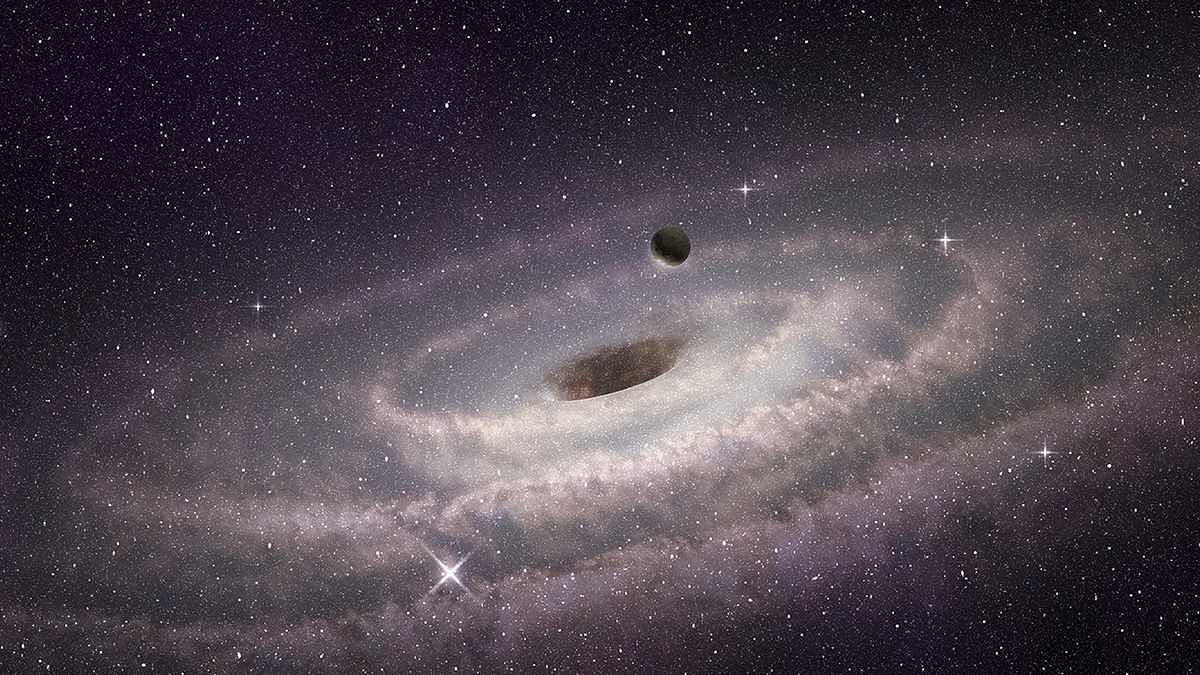Black holes have been one intriguing subject being researched over decades. Scientists and researchers all across have been closely studying the in-depths and are coming across some astonishing developments. A recent study on the supermassive black hole placed at the center of the milky way galaxy suggests it isn’t sleeping as we all believed. NASA’s Hubble telescope was able to collect evidence of the supermassive black hole leaking. But is this a big concern for us? Let’s find out what the latest studies reveal:
Super Massive Black Hole Leak: What All We Know
The latest study revealing a leak in the supermassive black hole placed at the center of the Milky Way galaxy has been published in Astrophysical Journal. According to the journal, multiple researchers have been closely observing the central black hole which emits blowtorch-like mini outflowing jets each time it swallows a star or gas cloud.
The team of researchers has explained how the black hole each time emits mini-jets similar to a gas cloud when it gobbles up something hefty. Geral Cecil from the University of North Carolina and lead author of the published study said, “The central black hole is dynamically variable and is currently powered down.” The outflowing mini jets are said to have the same trajectory as the black hole’s magnetic field.
The journal further reveals the Hubble Telescope has gathered sufficient evidence of the black hole seething following an outburst two million years ago. The data collected by the telescope shows an expanding know of gas is a narrow linear path around 15 light-years away from the black hole. That’s not it, the team conducting the study also got their hands on the infrared images of inflating hot has bubbles aligned to the jet.
Co-author Alex Wagner Of Tsukuba University Japan stated, “The streams percolate out of the Milky Way’s dense gas disk. The outflow creates a series of expanding bubbles that extend out to at least 500 light-years. This larger soap bubble structure has been mapped at various wavelengths by other telescopes.” Wagner further added, “Our central black hole has clearly surged in luminosity at least 1 millionfold in the last million years. That sufficed a jet to punch into the Galactic halo.

